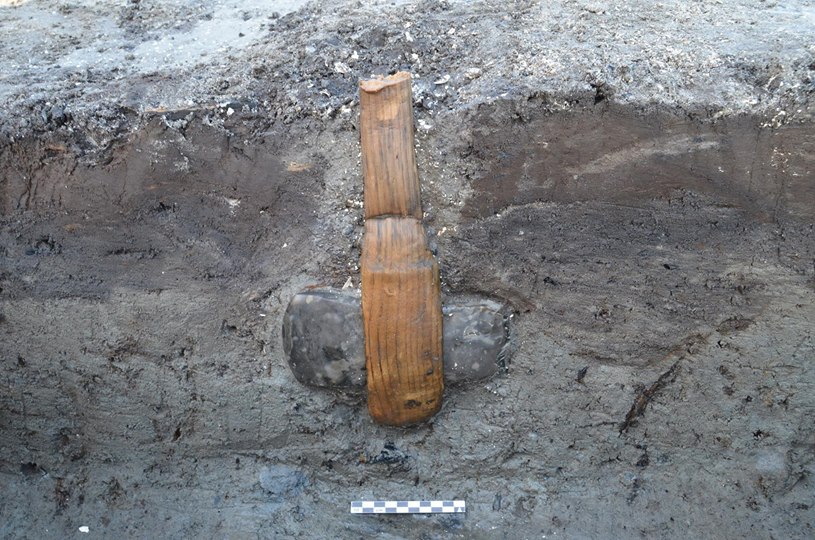The repugicans are well-aware of the overwhelming ignorance plaguing the
population, most of whom make up the repugican cabal base…
It is one thing to be embarrassed by something one
is personally responsible for, but quite another to be embarrassed by,
and for, another person. Many Americans may be proud of this nation,
although one can hardly fathom why, but if the majority of people took
stock of the level of rank stupidity and willful ignorance of the
population at large they would be embarrassed for America and, more to
the point, the people themselves.
Over the course of the past six years since
Americans elected an African American man as President, there have been a
mountainous studies, research, and reports denoting the sad state of
affairs in America that can be attributed to the population’s stupidity
and ignorance. A couple of weeks ago, another study revealed that
Americans are inherently ignorant and, if not for one other more
ignorant developed nation, would rank as the world’s stupidest people.
The astounding ignorance or, more aptly, stunning stupidity of Americans is certainly a function of
availability bias generated
by mainstream media’s habit of reporting repugican lies as verified
facts. The wingnut media’s successes at propagating American
ignorance was revealed in a new Ipsos Mori “
ignorance index”
survey
revealing that the American people rank second among all developed
nations as being incredibly ignorant about a wide range of subjects in
their own countries; including immigration. The repugicans are well-aware
of the overwhelming ignorance plaguing the population, most of whom make
up the repugican cabal base, and it is why they claim the President’s immigration
action is illegal, unconstitutional, dictatorial, a prelude to ethnic
cleansing, and something about internment camps.
There is just one problem for repugicans, the wingnut Roberts’ Supreme Court has
already ruled
that the President is well-within his Constitutional authority to, like
every repugican pretender since Eisenhower, use his executive
authority regarding prosecutorial discretion on immigration enforcement.
However, yesterday, de facto Speaker of the House and presumed incoming
Senate Majority Leader Ted Cruz, referred to something unrelated to legal statutes as “the law of the land” to prove the President’s immigration actions are “
unconstitutional.”
Forget Cruz’s absurd assertion that the President’s
immigration enforcement actions have anything whatsoever to do with
granting amnesty; only the world’s second most ignorant population would
accept that as reality. Where Cruz likely impressed the stupid repugican base is when he said, “We should use the constitutional
checks and balances we have to rein in the executive. You know, if the
read the Federalist Papers, in the Federalist Papers, ‘they talked
about’ a president who would rule by diktat and decree rather than
follow the Constitution.”
If the Faux News hack, Chris Wallace, had an ounce of
integrity, he would have stopped Cruz in his tracks, slapped him into
reality, and clarified something Texas Ted certainly knows is a true and
a verifiable fact; particularly since he swore an oath to uphold the
U.S. Constitution. The Federalist Papers are not the law of the land,
they carry no legal authority, and are no more the U.S. Constitution
than the ten commandments or the bible are.
However, due to Americans being the second-most
ignorant people in the developed world, it is likely a relatively large
majority believe that if Cruz cited the Federalist Papers as proof the
President’s immigration action is dictatorial and unconstitutional on
national television, it must be true. Especially since the Faux hack did
not inform Cruz that the U.S. Constitution, and not the Federalist
Papers, is the supreme law of the land.
Obviously, the Founding Fathers envisioned the
future when a manipulative cretin like Cruz would attempt to fool
ignorant Americans, so they included a clause in the real Constitution
to preclude a malcontent like Cruz from fooling what they likely
anticipated was a population steeped in ignorance.
In Article Six,
Clause 2 of the nation’s founding document it says, “
This Constitution, under the authority of the United States, shall be the supreme law of the land.” It is “
this Constitution,” that the Roberts’ Supreme Court, including two of the Court’s most conservative members, cited in
striking down most of Arizona’s immigration law in 2012 and specifically addressed immigration enforcement discretion.
Writing for the majority ruling, Justice Anthony Kennedy included language highlighting the “broad discretion” the executive branch enjoys in matters relating to immigration. He wrote that, “Aliens
may be removed if they were inadmissible at the time of entry, have
been convicted of certain crimes, or meet other criteria set by federal
law. Removal is a civil, not criminal, matter. A principal feature of the removal system is the broad discretion exercised by immigration officials. Federal officials must decide whether it makes sense to pursue removal at all.”
President Obama, like Dwight Eisenhower, Gerald
Ford, ronny raygun, the shrub's daddy, and the shrub, all decided
that it did not always make sense to pursue removal and used executive
action to order immigration officials to exercise broad enforcement
discretion. In fact, when it came to using executive action to order
immigration officials to use broad discretion, Eisenhower issued 3
executive orders, Ford issued two, raygun issued four, shrub 1 issued
five, and shrub 2 issued four.
Not one of the repugican pretenders faced even one
threat of impeachment, lawsuits, or claims that the stinking archaic and
impotent Federalist Papers proved their actions were ethnic cleansing,
socialism, internment camps, unconstitutional, or ruling by “diktat or decree.”
However, they were repugicans, but more importantly
to repugicans and their inherently racist base; they were white guys.
Despite anything the lying repugicans claim, their
only opposition to President Obama taking executive action five of his repugican predecessors did is that he is exercising Presidential
authority while being Black. Interestingly, there is nothing in the
Constitution, the Federalist Papers repugicans think is the
Constitution, or the christian bible for that matter, that remotely
resembles a prohibition on a Black man being elected as President.
Unfortunately, since Americans are the second-most ignorant people in
the developed world, it is likely there are a significant number of
racist, religious, repugican sycophants who believe Barack Obama is
violating the Constitution by sitting in the Oval Office while being
Black.










































